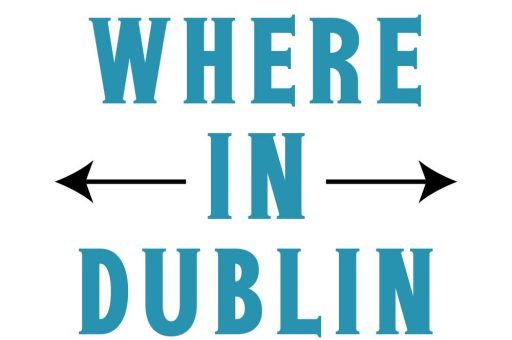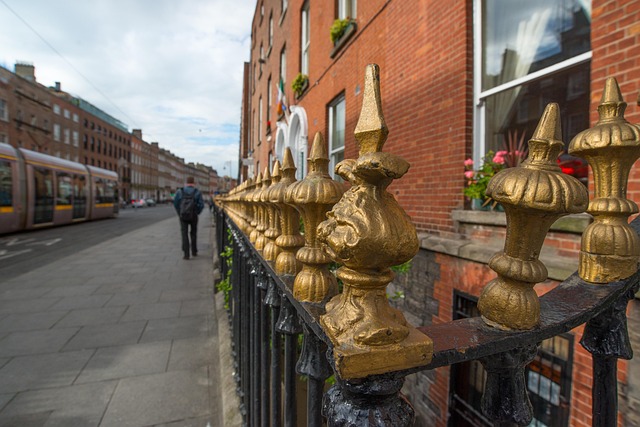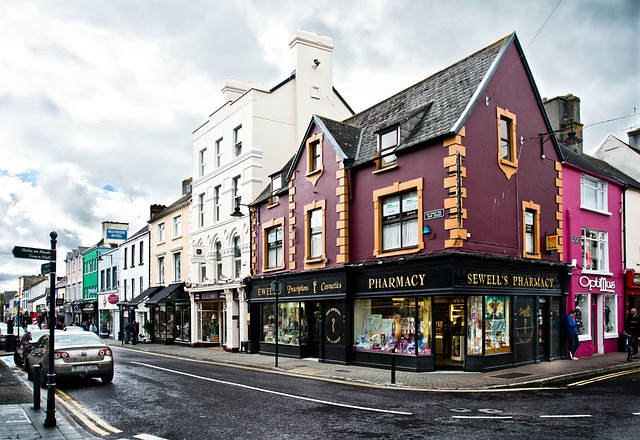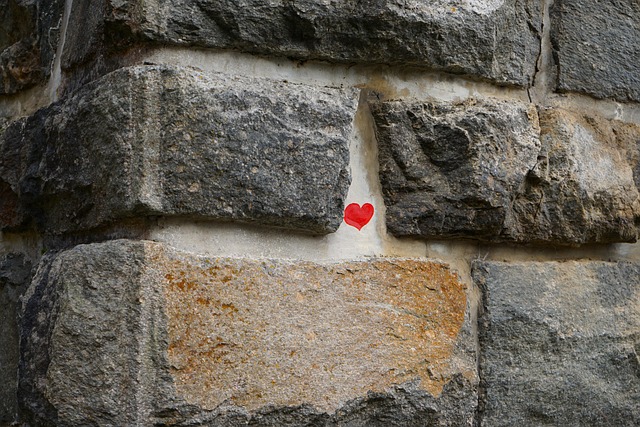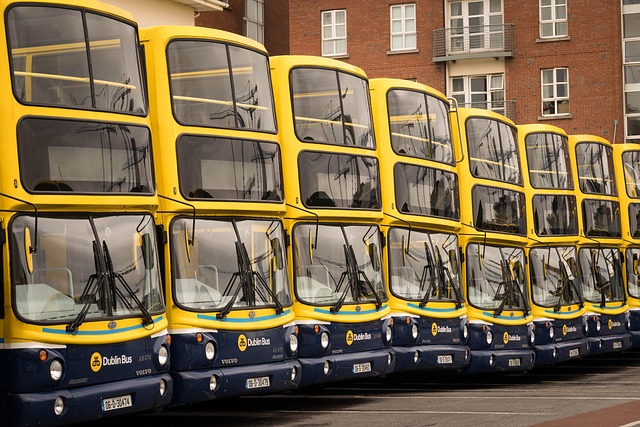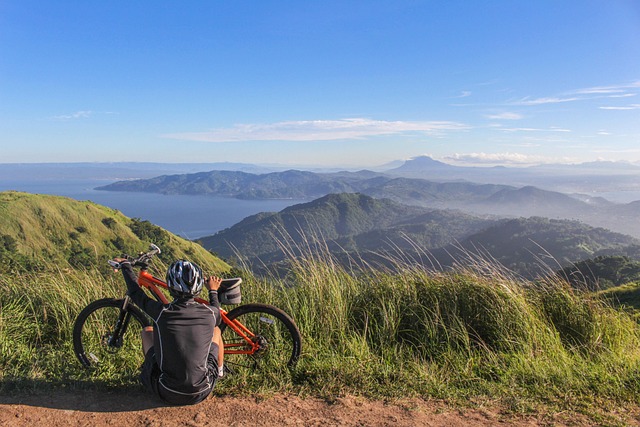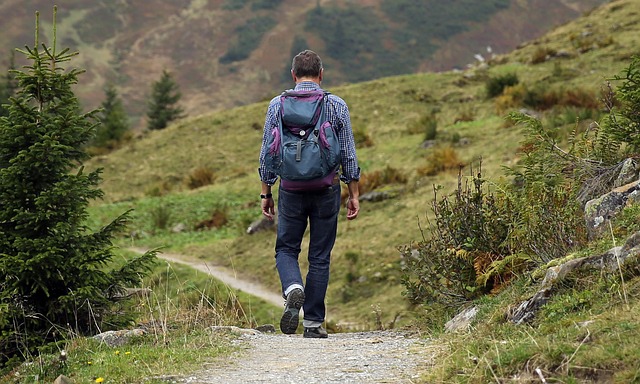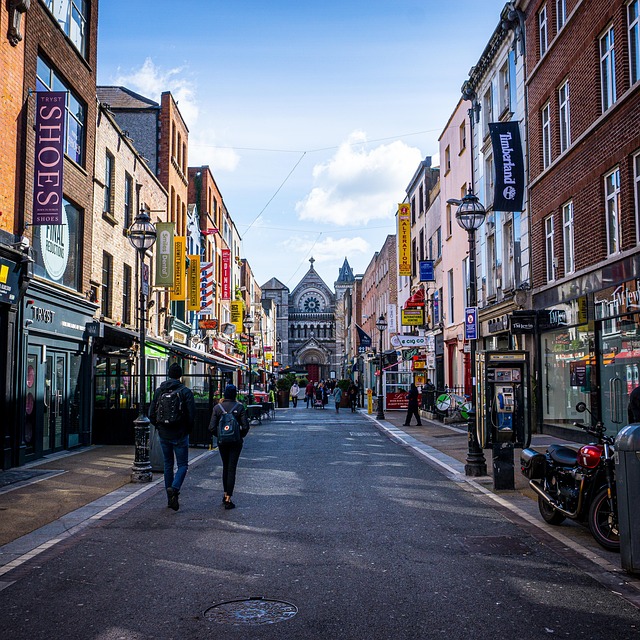
Dublin is one of those cities that feels alive every hour of the day. You can walk through its cobblestone streets, listen to street musicians by the River Liffey, sip coffee in artsy cafés, or dive deep into history at old castles and cathedrals. Every corner seems to have a story to tell, and from my own personal experience, the best way to explore it all is with a touring map that highlights the real gems, not just the obvious attractions everyone talks about.
This guide is a complete, detailed walk-through of Dublin touring map ideas, places, paths, and themed routes that help you experience Dublin’s energy, history, food, and culture in a way that feels natural and exciting. Whether you’re walking, biking, or taking short tram rides, this post lays out routes and tips to help you explore the city like a local, while still seeing the best of what Dublin offers.
Why You Need a Touring Map for Dublin
Dublin looks small on a map, but once you start exploring, you’ll realize how much there is to see. Every district has its own rhythm, personality, and local favorites. Without a map, especially a well-planned touring one, it’s easy to miss hidden treasures like vintage bookshops, tiny bakeries, or riverside art walls.
Having a personalized touring map gives structure to your day but still allows flexibility. You can follow specific routes that match your mood: one for art, another for nature, another for food, or even one for local pubs and live music. It saves time and gives your visit a sense of flow, especially if you only have a few days to explore.
The Best Touring Routes to Include
Below are some detailed and themed touring map ideas that help you see different sides of Dublin. Each route has its own character, so you can mix and match depending on your interests or how much time you have.
1. The Classic Dublin City Walk
If it’s your first time in Dublin, this is the route to start with. It captures the city’s heart, a mix of history, architecture, and local charm.
Start Point: Trinity College Dublin
End Point: St. Patrick’s Cathedral
Stops to Include:
Trinity College Library – Home of the Book of Kells, one of the most beautiful manuscripts ever created. The Long Room inside the library feels like stepping into another century.
Grafton Street – A lively pedestrian street filled with musicians, cafés, and shops. Stop for a quick coffee or listen to the famous buskers who perform daily.
St. Stephen’s Green – A peaceful escape surrounded by gardens and ponds. It’s a good stop for resting and people-watching.
Dublin Castle – A historic site that mixes medieval and modern architecture. The courtyard is picture-perfect.
Christ Church Cathedral – One of Dublin’s oldest buildings, with crypts and detailed stone carvings worth exploring.
St. Patrick’s Cathedral – The final stop, surrounded by open gardens and Gothic designs that feel majestic.
This route gives a balanced mix of culture, beauty, and history — and you can easily complete it in half a day.
2. The Pub and Live Music Trail
No touring map of Dublin is complete without a proper pub route. The city’s pubs are more than places to drink — they’re cultural centers full of laughter, local music, and storytelling.
Start Point: Temple Bar District
End Point: The Cobblestone, Smithfield
Stops to Include:
Temple Bar Pub – Famous and busy, but worth visiting once for the atmosphere and live music.
The Porterhouse – Known for craft beers brewed in-house.
O’Donoghue’s – A classic where many Irish musicians got their start.
Mulligan’s of Poolbeg Street – Old, traditional, and filled with local charm.
The Cobblestone – A must for real Irish folk sessions.
Pro Tip: Go early in the evening if you want to chat with locals before the music starts. Based on my overall experience, the best nights usually happen when you least expect them — when the band invites you to clap along or share stories over a pint.
3. The Literary Dublin Route
Dublin is a UNESCO City of Literature, and for good reason. Writers like James Joyce, Samuel Beckett, Oscar Wilde, and W.B. Yeats shaped modern literature here.
Start Point: Dublin Writers Museum
End Point: Merrion Square Park
Stops to Include:
James Joyce Centre – Learn about the author of Ulysses and how Dublin inspired his stories.
Sweny’s Pharmacy – A small, charming spot where Joyce once set a scene in his novel. You can still buy lemon soap here as a souvenir.
Oscar Wilde’s House – Located near Merrion Square, with a statue of Wilde lounging in the park across the street.
National Library of Ireland – Displays works and manuscripts from major Irish authors.
Books Upstairs – A cozy independent bookstore with shelves packed floor-to-ceiling.
This route is slower-paced but deeply rewarding, especially if you love reading or writing.
4. The River Liffey Walk and Bridges Route
The River Liffey divides Dublin into north and south, and walking along it gives you a full sense of the city’s geography and rhythm.
Start Point: Heuston Station
End Point: The Custom House
Stops to Include:
Guinness Storehouse – A quick detour near Heuston, where you can enjoy the Gravity Bar view.
Ha’penny Bridge – Probably the most iconic pedestrian bridge in Dublin.
O’Connell Bridge – One of the widest bridges in Europe, perfectly aligned with the main street.
Samuel Beckett Bridge – A sleek, modern bridge shaped like a harp, symbolizing Ireland.
The Custom House – A grand building that marks the end of the walk, especially pretty at sunset.
If you prefer, you can bike this route using DublinBikes stations along the way.
5. The Dublin Foodie Trail
This route is all about taste — local bites, classic dishes, and sweet spots that make Dublin’s food scene special.
Start Point: George’s Street Arcade
End Point: Capel Street
Stops to Include:
The Pepper Pot Café – Try homemade scones or a classic Irish breakfast.
Fade Street Social – A popular restaurant with creative Irish dishes.
The Woollen Mills – Serves comfort food with local ingredients near the river.
The Church Café Bar – A restaurant built inside an old church — it’s impressive both for food and setting.
Brother Hubbard – Known for fresh, healthy plates with Middle Eastern influence.
Food in Dublin reflects its culture — simple, hearty, and warm. From my own personal experience, the small, family-owned cafés often serve the best meals, especially for brunch or pastries.
6. The Green Escape Route
Dublin isn’t just urban — it’s full of green spaces, from manicured gardens to wild parks where you can breathe freely and unwind.
Start Point: Phoenix Park
End Point: Herbert Park
Stops to Include:
Phoenix Park – One of the largest city parks in Europe. You might see deer roaming freely.
National Botanic Gardens – A peaceful walk among glasshouses, rare plants, and fountains.
Iveagh Gardens – Often called Dublin’s hidden garden because many tourists miss it.
Herbert Park – Smaller but perfect for a relaxed stroll or picnic.
Pack some snacks or local treats, especially if you want to spend the afternoon relaxing outdoors.
7. The Coastal and Seaside Route
If you have a day to spare, Dublin’s coastal towns are easy to reach by train (DART). The coastline is beautiful, calm, and full of photo spots.
Start Point: Sandymount
End Point: Howth
Stops to Include:
Sandymount Strand – Great for morning walks and sea views.
Blackrock Market – Ideal for browsing handmade crafts and local food.
Dún Laoghaire Pier – Perfect for a seaside walk with ice cream from Teddy’s.
Howth Cliff Walk – Stunning ocean views and lighthouse paths.
This route combines sea air with scenic hikes and little fishing villages.
8. The Museum and History Loop
For anyone who wants to understand Ireland’s story, this route offers the city’s main museums and historical landmarks.
Start Point: Kilmainham Gaol
End Point: EPIC – The Irish Emigration Museum
Stops to Include:
Kilmainham Gaol – A former prison that played a big role in Irish independence.
Irish Museum of Modern Art (IMMA) – Housed in a grand old hospital, now filled with contemporary art.
National Museum of Ireland – Features archaeology, culture, and decorative arts.
General Post Office (GPO) – A central landmark in the 1916 Rising.
EPIC Museum – Interactive and modern, telling the story of Irish migration worldwide.
Allow a full day if you plan to visit all museums. Each one deserves proper time to take in.
9. The Hidden Corners and Local Secrets Route
If you’ve already seen the main attractions, this route takes you off the beaten path.
Start Point: Portobello
End Point: Stoneybatter
Stops to Include:
Canal Walks in Portobello – Peaceful and perfect for photography.
Camden Street – Full of small cafés, record stores, and thrift shops.
Blessington Street Basin – A quiet park surrounded by old houses.
Stoneybatter – A rising neighborhood full of local pubs and creative spaces.
This route shows Dublin’s real local flavor — no tourist traps, just daily life.
10. The Nightlife and Street Vibes Route
Dublin at night feels completely different — colorful lights, upbeat crowds, and music spilling from every doorway.
Start Point: Harcourt Street
End Point: Dame Lane
Stops to Include:
Copper Face Jacks – Famous dance spot with a fun, relaxed crowd.
Wigwam – A mix of cocktails, food, and live DJs.
The Workman’s Club – Creative, youthful vibe with rooftop seating.
Dame Lane – Ends your night perfectly with outdoor bars and fairy lights.
Based on my overall experience, Dublin nightlife is about connection. You meet people easily, laugh over stories, and feel like part of something genuine.
How to Build Your Own Dublin Touring Map
If you want a personal map, use Google My Maps or Mapstr to create one. Add pins, color-code routes, and save places from this guide. This helps you plan days based on interest — maybe food one day, museums the next.
When planning, consider:
- Walking Time: Most city routes take 2–4 hours.
- Weather: Dublin weather changes fast; always bring a light jacket.
- Local Events: Check for festivals or parades — Dublin loves celebrations.
- Transport: Use the Luas tram or DublinBikes for short hops.
Your map doesn’t need to be perfect; it just needs to make sense to you.
Final Thoughts
Dublin has a rhythm that’s hard to describe until you feel it for yourself. It’s in the laughter at the pubs, the calm of Phoenix Park, and the stories whispered through old brick walls. A well-made touring map helps you experience that rhythm instead of just rushing from one attraction to another.
From my own personal experience, Dublin feels best when you explore slowly, wandering, listening, and letting curiosity guide you. Every route in this post can turn into your own story.
So grab a map, mark your spots, and start exploring. Dublin’s waiting for you to make your version of it, one walk, one laugh, and one cup of tea at a time.
